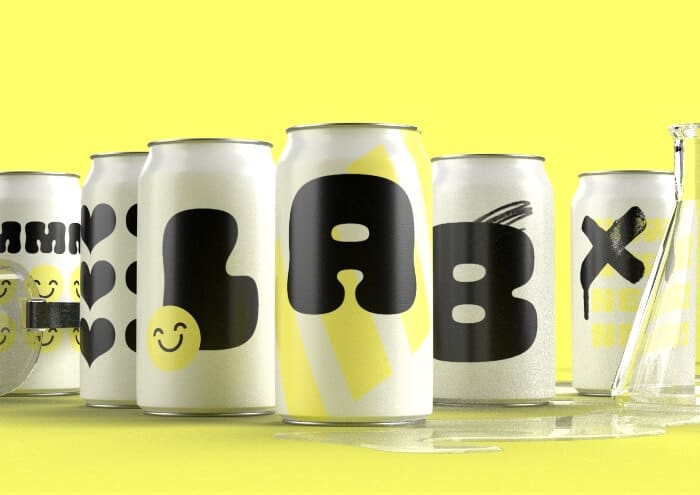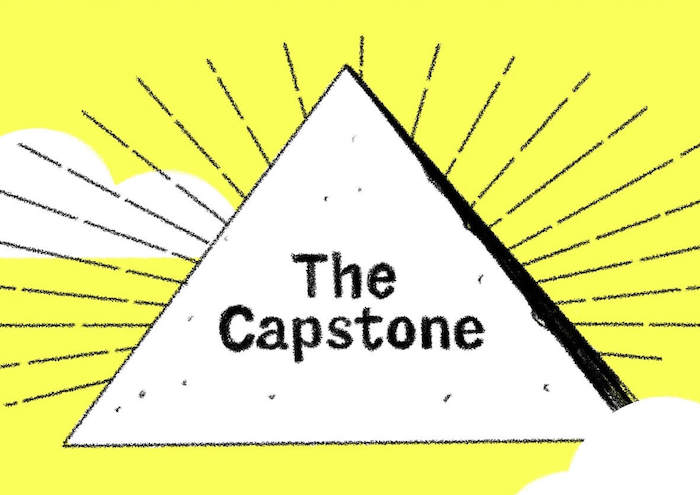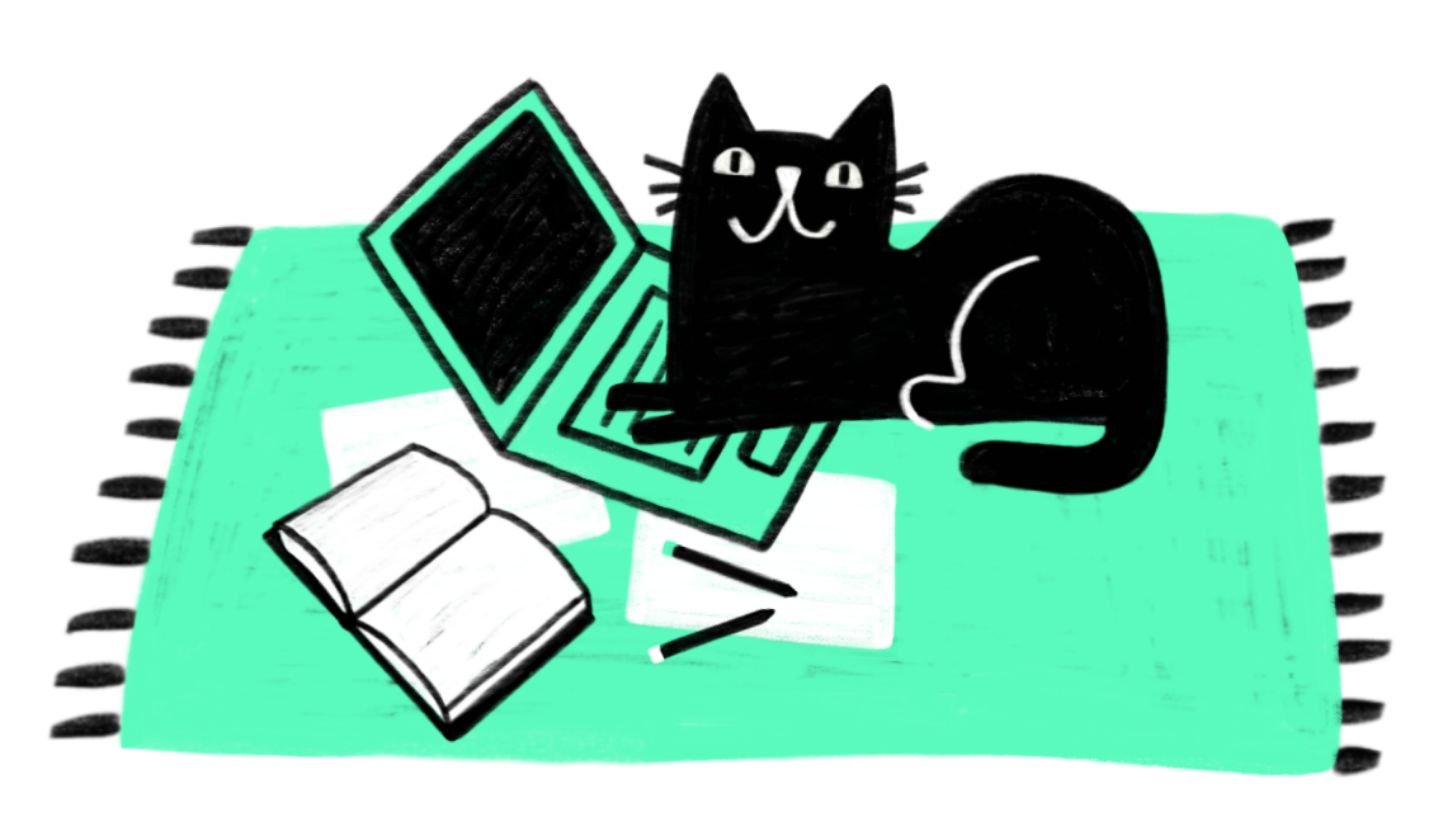
The A to Z Guide to Branding Terminology
There’s no way around it: The field of branding is a highly subjective one. Every firm and practitioner has their own POV on how to approach the work and what comprises a good brand.
But we all can agree on this: Branding is about 1) understanding your customers deeply and 2) clearly communicating the value you bring to the world. If you’ve got a grasp on that, you’re well on your way to a successful brand.
That being said, it takes a lot of moving parts to support a recognizable brand that speaks to your customers and inspires them to purchase. To help provide some consistency (and perhaps add a few things to your marketing wish list), we’ve compiled a branding glossary with many of the key terms we use at Skidmore on a daily basis.
Brand – What people perceive about your product, the people behind your product, the process of how you deliver that product, and the promises you make. TL;DR: It’s what people think of you when you’re not in the room. (See: Anatomy of a brand)
Brand experience – The overall emotional feelings (positive or negative) your customers have when they interact with your brand.
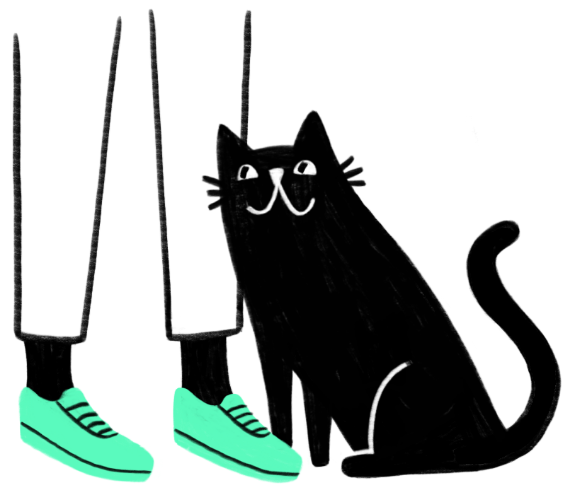
Brand identity – A set of core elements used to communicate your brand. A brand identity package will commonly include a logo, name, tagline, messaging style, color palette, typeface, and core design style.
Brand personality – A set of human characteristics attributed to your brand. Brand personality traits help make the brand more relatable and trustworthy to its customers.
Brand pillars – A simple set of words or statements used to describe the things your brand stands for.
Brand story – A narrative that conveys your brand’s history, purpose, and value in order to build an emotional connection with consumers.
Brand strategy – Any intentional action your brand takes to reinforce its Brand Pillars to your target audience.
Campaign Strategy – The strategy for how your organization plans to market itself to a specific target audience for a specific period of time. A good campaign strategy will be built around clear business goals.
Content Strategy – A high-level plan for content creation and delivery that serves specific business objectives. Good content is mapped to the audience’s needs and their stage in the buying cycle.
Customer experience – A broad term for the impression your brand leaves with a customer throughout the purchase journey.
Brand awareness – The extent to which a target audience is aware of your brand. Although it can be hard to measure, it’s the first vital step in the customer’s journey to purchase.
Brand book – An inspirational document that educates internal teams on the foundations and standards of your Brand so that everyone is speaking the same language across departments.
Brand equity – The commercial benefits, such as increased sales or increased average order value, of having a memorable and recognizable brand.
Branding – All the actions you take to tell your audience that you exist and what you stand for. Branding work always communicates a Reason to Believe in what you stand for. Your brand uses tangible and intangible elements to evoke a, hopefully positive, emotional response when someone engages with your brand. From visual identity to brand personality, all these elements work together to help influence the perception of your brand. (See: Anatomy of a Brand)
Brand loyalty – The positive emotional connection that drives a shopper to choose your brand over another. Building brand loyalty helps drive additional purchases from people who have already engaged with your brand. Customers who are loyal to your brand are more willing to check out your other products and/or make a repeat purchase.

Brand trust – Your customer’s belief in your brand’s ability to deliver on its stated promise.
Brand voice – How your brand conveys its personality to its audience using purposeful words, tone, and linguistic style.
Color palette – A family of colors that your brand uses consistently; also referred to as color scheme or color family.
Copywriting – The art of writing for promotional or publicly facing material.
Brand – What people perceive about your product, the people behind your product, the process of how you deliver that product, and the promises you make. TL;DR: It’s what people think of you when you’re not in the room. (See: Anatomy of a brand)
Brand experience – The overall emotional feelings (positive or negative) your customers have when they interact with your brand.

Brand identity – A set of core elements used to communicate your brand. A brand identity package will commonly include a logo, name, tagline, messaging style, color palette, typeface, and core design style.
Brand personality – A set of human characteristics attributed to your brand. Brand personality traits help make the brand more relatable and trustworthy to its customers.
Brand pillars – A simple set of words or statements used to describe the things your brand stands for.
Brand story – A narrative that conveys your brand’s history, purpose, and value in order to build an emotional connection with consumers.
Brand strategy – Any intentional action your brand takes to reinforce its Brand Pillars to your target audience.
Campaign Strategy – The strategy for how your organization plans to market itself to a specific target audience for a specific period of time. A good campaign strategy will be built around clear business goals.
Content Strategy – A high-level plan for content creation and delivery that serves specific business objectives. Good content is mapped to the audience’s needs and their stage in the buying cycle.
Customer experience – A broad term for the impression your brand leaves with a customer throughout the purchase journey.
Brand awareness – The extent to which a target audience is aware of your brand. Although it can be hard to measure, it’s the first vital step in the customer’s journey to purchase.
Brand book – An inspirational document that educates internal teams on the foundations and standards of your Brand so that everyone is speaking the same language across departments.
Brand equity – The commercial benefits, such as increased sales or increased average order value, of having a memorable and recognizable brand.
Branding – All the actions you take to tell your audience that you exist and what you stand for. Branding work always communicates a Reason to Believe in what you stand for. Your brand uses tangible and intangible elements to evoke a, hopefully positive, emotional response when someone engages with your brand. From visual identity to brand personality, all these elements work together to help influence the perception of your brand. (See: Anatomy of a Brand)
Brand loyalty – The positive emotional connection that drives a shopper to choose your brand over another. Building brand loyalty helps drive additional purchases from people who have already engaged with your brand. Customers who are loyal to your brand are more willing to check out your other products and/or make a repeat purchase.

Brand trust – Your customer’s belief in your brand’s ability to deliver on its stated promise.
Brand voice – How your brand conveys its personality to its audience using purposeful words, tone, and linguistic style.
Color palette – A family of colors that your brand uses consistently; also referred to as color scheme or color family.
Copywriting – The art of writing for promotional or publicly facing material.

Discovery – The process of open-minded exploration in order to understand the landscape of the problem/opportunity through the eyes of the people experiencing that problem/opportunity. As practitioners of Design Thinking, all of our projects start with a discovery phase.
Design Thinking – A process for creative problem-solving that keeps real humans (users, shoppers, customers, clients, audiences, etc.) front and center through every step of a project. Also known as “human-centered design.” (See: Our Kind of Design Thinking)
Differenting – Leveraging characteristics that are authentic, positive, and unique to your brand to establish a meaningful emotional connection with your customers. (See: The Fine Art of Being Different)
Logo – A symbol used to represent your brand. Logos are helpful for customers to instantly recognize your brand and can become a mnemonic device to represent what your brand stands for. (See: What Makes a Great Logo)
Lockup – How different design elements are scaled and positioned together. You’ll probably hear this most often when it comes to logos. Brands (and especially those with parent companies) will have different applications for their logo, marks, name, and taglines. Lockups help create rules for how these elements are brought together in a consistent way.
Marketing – Any communication your brand has with an audience to convince them to buy what you’re selling. Marketing typically centers around Reasons to Buy and often includes buying incentives such as limited time offers or discounts.
Messaging – The language and key talking points your brand uses to generate brand affinity and communicate your value to customers.
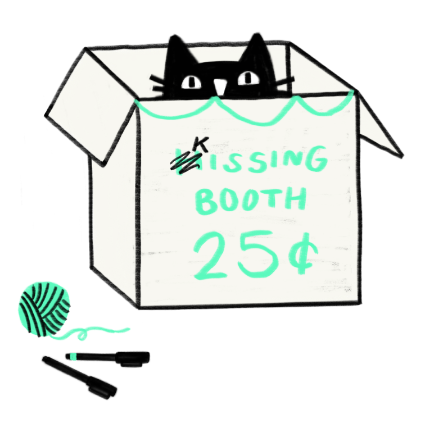
Positioning statement – A simple, internal-facing statement that describes what you do, for whom, why, and with what unique differentiators. A good positioning statement will set you apart from your competitors and define what position you alone can claim in the market landscape.
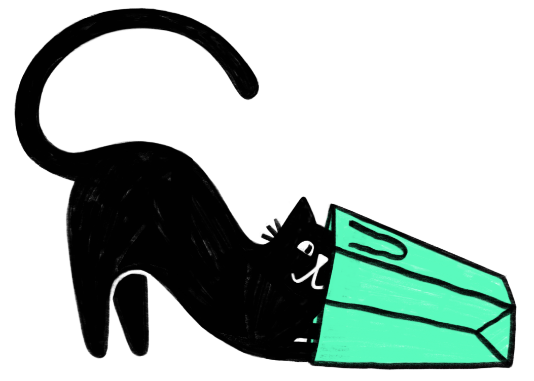
Purchase funnel – A metaphor that describes a customer’s journey to purchasing something from your brand. The key stages of the purchase funnel are, from widest to narrowest:
Awareness: Knowledge that the brand or product exists
Interest: Further exploration into the brand or product
Desire: The emotional pull to purchase a product because the shopper is convinced it will solve their problem
Action: The moment in which a shopper decides to purchase the product
Reason to Believe – The things you tell your audience about why they should trust your brand. Reasons to believe are usually built on core brand principles like Your Why or your Brand Pillars. Known informally as RTBs.
Slogan – A short, memorable line of copy that is tied to a specific marketing campaign.
Tagline – A quick phrase that communicates something your brand stands for. Think of it as a “verbal logo” that triggers associations about your brand.
Visual identity – The visual aspect of branding that evokes emotion between your business and its audience. This includes any visual foundations that the brand produces such as fonts, logos, color palettes, photography, and more.
Rebranding – The process of changing the way an existing company or product is seen by the public. It typically involves redesigning brand visuals and can range from a small “evolution” to a total “revolution,” including a new name.
Style guide – A tool for communicating your brand identity to ensure you’re creating consistency across all brand touchpoints. There are editorial style guides for writers and visual identity style guides for designers.
Trademark – Any word, name, symbol, design, shape, sound, or color used in commerce to distinguish the products of one manufacturer from another. Registering these unique aspects of your brand with the United States Patent & Trademark Office (USPTO) legally protects it from other brands using them. We recommend talking to a lawyer as you’re developing your brand. We do this most often with product or brand names.
Your Why – The grand, heartfelt reason for being in business and your promise to your customers. Defining Your Why helps set you apart from your competition and shapes the rest of the brand.
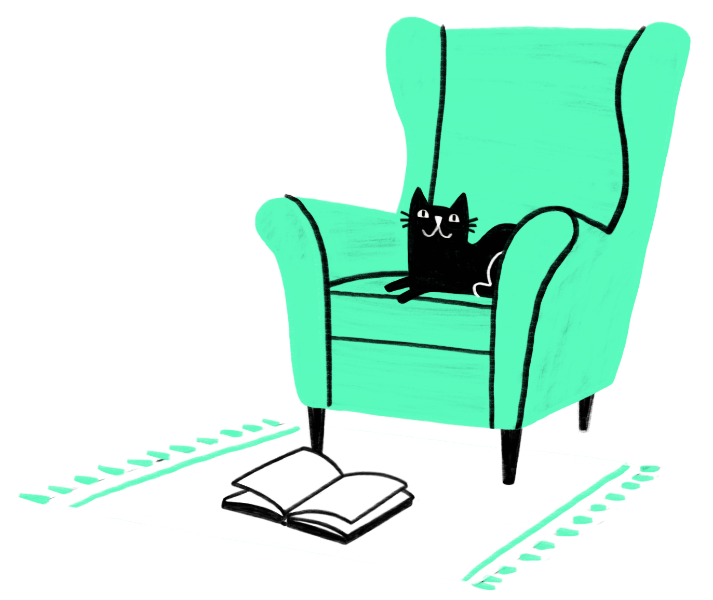
Further Reading
Ultimate Dictionary of Marketing Terms You Should Know
First comes branding, then comes marketing. Hubspot (leaders of inbound marketing) put together a thorough list of marketing terms that complements this branding glossary.
Six Reasons Why Your Company May Need to Rebrand itself
Considering a rebrand? It’s a big but rewarding decision to make for your company. Here are some thought-provoking indicators it may be time to revisit your brand.
